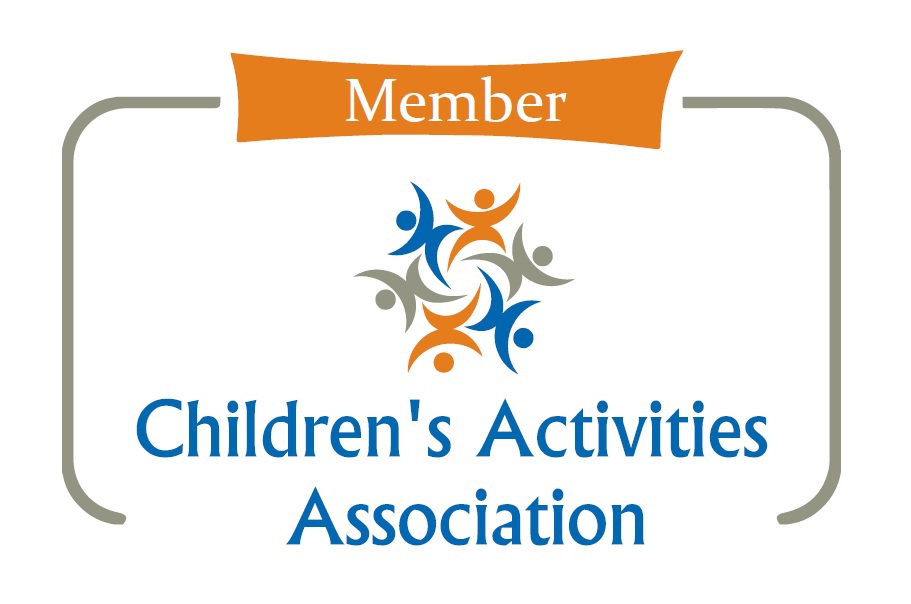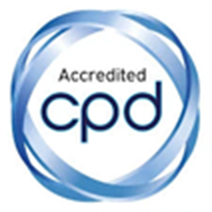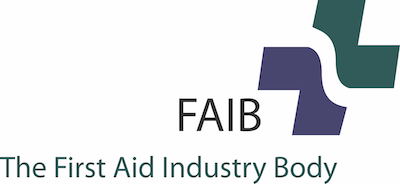At Mini First Aid one of the things we get asked about most is choking. It is understandably something that terrifies parents. Our aim is to make sure you have the most up to date information in order to avoid choking in the first place, but also to provide first aid in an emergency situation. In this blog we talk through the most common choking hazards, advice for weaning and show you how to save a child from choking.
Why are children more prone to choking?
There’s the obvious scientific explanation – children’s airways are a lot smaller and narrower than adults. Add in to this the fact that - especially during weaning – they are very much learning how to chew food, breathe and swallow at the same time, and you start to understand why problems can occur. As adults we take all this for granted and do it automatically, but young children are still learning to eat safely. Depending on eating habits and circumstances, children might also be walking around whilst eating, or talking / shouting(!) whilst eating and are often distracted from the process of properly chewing. Finally, babies and young children don’t even have a full set of teeth, so the chances of swallowing foods that aren’t ready to be swallowed are increased again.
What are the most dangerous foods when it comes to choking?
Bearing in mind food is the most common cause of death from choking in children, it’s worth knowing which pose the biggest risk:
· Surprisingly popcorn is one of the worst offenders when it comes to choking –the hard kernels can get stuck in airways and the “popped” corn needs really careful chewing before swallowing – babies and young children don’t have the back molars needed to do this.
· Marshmallows should be avoided, especially the mini ones which can accidentally be inhaled into the airway whole.Even larger marshmallows should be avoided as they become sticky once in the mouth – if they then get stuck in the airway, the stickiness acts as a seal to stop them coming back out, even under pressure such as back blows.
· Grapes are dangerous because of their shape and size which mimics our airway. They can literally “plug” the airway, blocking air coming into the lungs. Cherry tomatoes and blueberries can cause the same problems.
· Most parents know to avoid round or oval hard boiled sweets. But a lollipop is literally a hard-boiled sweet on a stick and if it comes loose, causes the same airway blockage as a hard, round sweet.
· you might still have some lurking in the cupboard from Easter - mini chocolate eggs are one of the worst culprits when it comes to choking. Similar in shape to grapes, they block the airway completely. Their shiny smooth surface also makes them slide down a child’s throat without chewing all too easily.
· Sticky raw jelly cubes should be avoided for the same reason as marshmallows, although jelly is fine once prepared.
· Sausages and hot dogs are well known choking hazards and have been known to cause adult fatalities as well. Once again, it is the shape that is the problem here, especially cocktail sausages which replicate children’s airways.
· Whole nuts are dangerous to young children. They are very hard, meaning they are difficult to chew, and their shape makes them easy to swallow accidentally.
Anti-choking food preparation

- It sounds obvious, but foods need to be cut up correctly, as shown in the image above – with larger grapes, sausages and cherry tomatoes, quartered slices might be the best option – just make sure they are thin.
- You can also take skin off sausages, fruit and vegetables as these are the bits that babies and children find most difficult to chew.
- Nuts can be given as nut spread – but make sure it is thin because the gloopy, sticky texture of nut butters can stick in the throat.
- White bread, especially if not toasted can make a doughy ball which can lodge in the throat – wholemeal or toasted bread can be a better option but whatever bread you offer, cut it into small fingers.
- Meat should be presented in small strips with any fatty bits, skin and bone removed.
Establishing good eating habits from an early age
Children are much more likely to choke if they are not sitting down to eat. It is also not advisable to leave a baby or child alone when eating. This is because choking is silent and even if you’ve just popped to the loo, this could very sadly be long enough for a child to choke. Sitting down at the table together to eat is the safest way to avoid a choking incident.
Chopping their food carefully as detailed above is extremely important – as children get older, show them how to do this so they can learn how to do this themselves in the future.
Finally, sitting down together enables babies and children to learn to chew. Make sure you are careful with how you eat yourself – babies watch EVERYTHING and if you are shovelling down your food in great gulps, they will learn these bad habits! Even if babies don’t have teeth, they are still learning to chew by mashing food with their gums.
So at Mini First Aid we advise that you “Sit, Chop, Chew” – we even have a lovely book as part of our excellent value choking bundle which you can buy here. We recommend you read this together to make sure everyone in the house learns good habits! The bundle also includes a grape cutter and choke tester for added peace of mind, as well as a fridge magnet detailing the first aid steps you need to take when dealing with a choking child.
What do I do if my baby or child starts choking?
Stay as calm as you can – you need to act quickly.
Babies under 1 need a different technique to children:
· 5 back slaps.
· Up to 5 chest thrusts (jabbing motion). Check if anything comes out. If nothing has come out, call 999.
· Cycles of 5 back slaps and 5 chest thrusts.
Children over 1:
· Encourage child to cough.
· 5 back slaps between shoulder blades. Check if anything comes out and check mouth.
· Up to 5 abdominal thrusts. Clenched fist between tummy and breastbone, with other hand over the top. In and upwards motion. Check if anything comes out. If nothing has come out, call 999.
· Cycles of 5 back slaps and 5 abdominal thrusts.
As you can see in the videos, you need to apply quite a bit of force to dislodge the blockage when someone is choking. Don’t forget that if you have delivered chest thrusts or abdominal thrusts, you must take your child to hospital to make sure no injuries have occurred. This is standard procedure.
If you’d like to learn the techniques demonstrated above in real life, or if you need a refresher, book on to our Baby and Child 2 hour class, where you’ll learn how to deal with choking as well as burns, bleeds, febrile seizures, meningitis and more.
Recent press about choking
There’s been a lot of information in the press recently about anti-choking suction devices. These are ONLY meant to be used by trained professionals, and are NOT a substitute for the techniques described above. The Resuscitation Council UK had the following to say:
“Several suction-based airway clearance devices for the treatment of choking are now available in the UK. We do not currently support their use, as there is insufficient research and evidence on the safety or effectiveness of these devices. We are concerned that the use of these devices could delay established treatments for choking.”
Additionally, the UK’s Medicine and Healthcare products Regulatory Agency (MRHA) has advised that anti-choking suction devices should not be used on children.
The recommended treatment for the best outcome in a choking incident remains back blows and abdominal thrusts.
Please believe us when we say we know choking is really frightening, and this blog might have been a difficult read as you can’t help but imagine it’s your child. However, at Mini First Aid we strongly believe forewarned is forearmed, and it is better to know it and not need it, than need it and not know it.
All the best to you and the family, Mini First Aid x
Sources: Resus Council, CAPT, The Guardian








